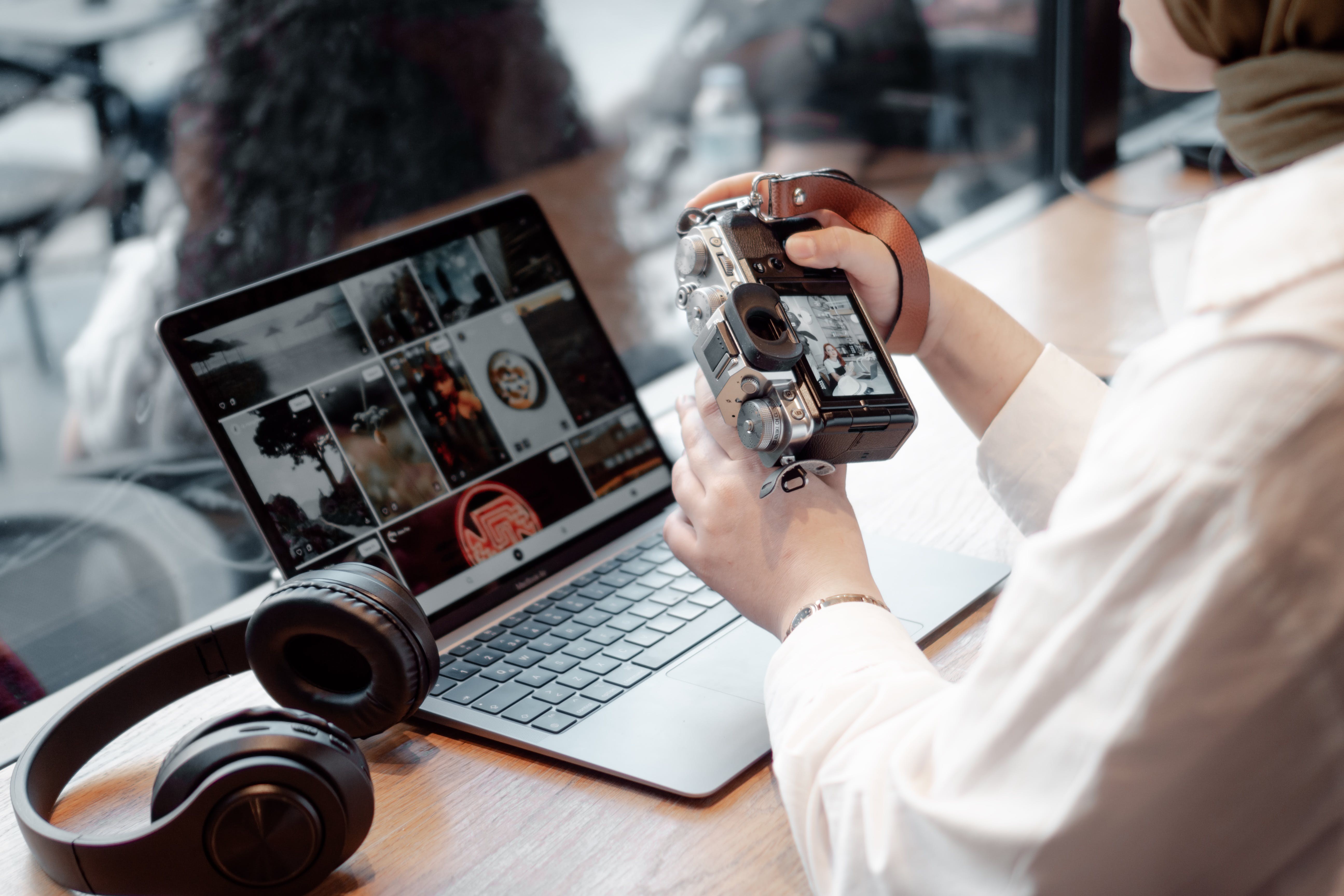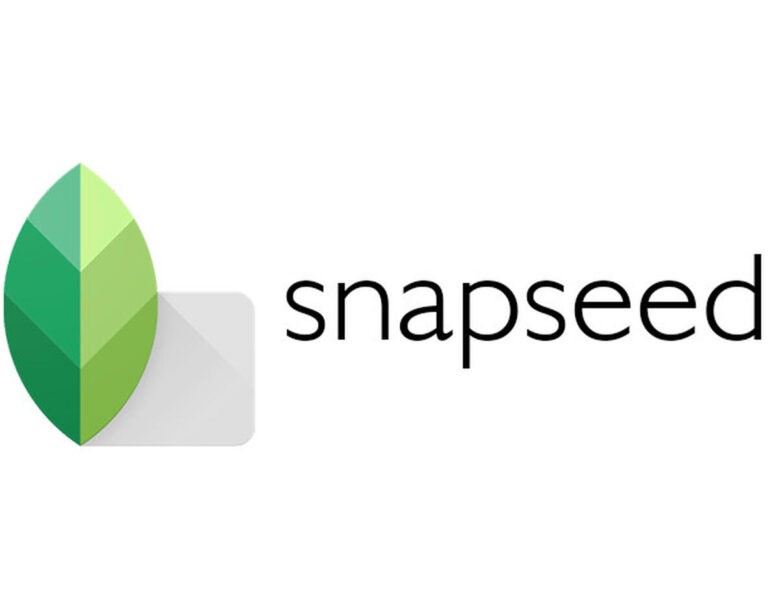
In an age where imagery is the currency of communication, the power of a well-edited photograph cannot be overstated. Whether it's for professional photography, social media influence, or casual sharing among friends, the best photo editing apps of 2023 stand as your digital darkroom. These apps not only provide the tools to enhance and alter your images but also offer a playground for your creativity to run wild. This article will delve into the features, tips, and tricks of the most popular photo editing apps of the year, guiding you to produce stunning visuals with ease.
The Revolutionary Toolsets of Leading Apps
One of the most significant advancements is the integration of AI technology. Apps now possess smart features that can automatically enhance photos, identify and tag subjects, and even suggest edits based on the image content and composition. This AI-driven approach simplifies the editing process for beginners while also providing seasoned photographers with a starting point for further refinement.
Another feature worth noting is the expansion of preset filters and effects. While presets have been a staple of photo editing apps for years, the variety and customization options in 2023 are unparalleled. Users can now craft their own presets or download those created by professionals, adapting them to fit the unique style and tone of their photography.

Moreover, the best photo editing apps have streamlined the sharing process. With built-in social media integration, users can post their edited images directly to various platforms without the need to switch apps. Some even offer community features, where users can showcase their work, gather inspiration, and receive feedback from fellow photographers.
The hallmark of a user-friendly interface is simplicity and clarity. By minimizing clutter and focusing on gesture-based controls, apps are now easier to navigate. Swiping, pinching, and tapping are intuitive actions that replace the need for extensive menus and buttons. This not only speeds up the editing process but also makes it more enjoyable.
Customization of the interface is another trend that has come to the forefront. Users can now tailor the editing workspace to their preferences, arranging tools and panels in a way that suits their workflow. This personalization ensures that the most frequently used features are always within reach, enhancing efficiency.
Accessibility features have also been enhanced. With options for larger icons, high-contrast modes, and voice commands, photo editing apps are becoming more inclusive. These features not only help individuals with visual or motor impairments but also improve the overall user experience in various lighting conditions or when multitasking.
HDR merging, which combines multiple exposures of the same scene to achieve optimal lighting and detail, is now a standard feature. This technique is especially useful in high-contrast situations, where shadows and highlights might otherwise be lost. The apps automate the process, aligning and blending the exposures seamlessly for a natural-looking result.
Built-in tutorials, video lessons, and interactive walkthroughs are readily available to help users master new tools and edit types. These resources cater to all skill levels, ensuring that even beginners can quickly get up to speed with advanced editing concepts. Moreover, many apps provide access to a library of articles, blogs, and forums where users can learn about photography theory, composition, and the principles of design.
Some apps have even begun to incorporate AI-driven learning systems that adapt to the user's skill level and interests, recommending personalized tutorials and challenges. This tailored approach helps users develop their skills more efficiently and keeps them engaged with the app over time.
The Best Photo Editing Apps of 2023
With the rise of social media and the increasing quality of smartphone cameras, photo editing has become an important aspect of our digital lives. Whether you're a professional photographer looking to perfect your shots or a casual user wanting to spice up your social media feed, photo editing apps can elevate your images to a whole new level. In the year 2023, many apps have emerged, each with its unique set of features. This article provides an in-depth review of the best photo editing apps of 2023, discussing their features, versions, and the pros and cons of each.
1. Adobe Photoshop Express: Power-Packed and User-Friendly

As a trimmed-down version of the industry-leading Adobe Photoshop, Adobe Photoshop Express brings professional-grade photo editing tools to your fingertips. This app is perfect for both beginners and experienced editors, offering a broad range of features and a user-friendly interface.
Features and Versions
- An array of filters and effects: From black and white to vibrant colors, Photoshop Express has a variety of filters that can dramatically change the mood of your photos.
- Advanced editing tools: Adjustments such as crop, straighten, rotate, and flip your photos are just a tap away. The app also includes advanced tools like red-eye removal and spot healing for perfecting your portraits.
- Sharing options: Once you've edited your photo, you can easily share it to your social media platforms directly from the app.
- Versions: Available on iOS, Android, and Windows platforms.
Pros and Cons
Pros:
- Wide range of professional-grade tools
- Intuitive and user-friendly interface
- High-quality output
- Free to download
Cons:
- Some features require in-app purchases
- Requires registration to use
2. Snapseed: A Comprehensive Editing App for Serious Photographers
 Developed by Google, Snapseed is a versatile and comprehensive photo editing app that caters to serious photographers. It packs a punch with its variety of editing tools and filters, all of which are completely free to use.
Developed by Google, Snapseed is a versatile and comprehensive photo editing app that caters to serious photographers. It packs a punch with its variety of editing tools and filters, all of which are completely free to use.
Features and Versions
- 29 tools and filters: Snapseed includes a variety of tools and filters, including Healing, Brush, Structure, HDR, and Transform. Each tool and filter is adjustable, giving you full control over your editing.
- RAW Develop: This feature allows you to open and tweak RAW DNG files and save them in a non-destructive way.
- Save your look: Snapseed lets you save your editing steps and apply them to other photos later, which is a huge time-saver.
- Versions: Available on iOS and Android platforms.
Pros and Cons
Pros:
- Comprehensive editing tools and filters
- Supports JPEG and RAW files
- Non-destructive editing
- Free to use
Cons:
- Interface might be overwhelming for beginners
- Lacks social sharing features
3. VSCO: The Go-To App for Artistic Edits

VSCO, short for Visual Supply Company, is a popular photo editing app among photography enthusiasts and social media influencers. Known for its beautiful filters and effects, VSCO is the go-to app for those aiming for an artistic and aesthetic touch.
Features and Versions
- 10 free presets: VSCO offers 10 free presets that mimic the look of classic film. More presets are available for purchase within the app.
- Advanced editing tools: Apart from basic editing tools, VSCO also offers advanced tools such as split toning, which allows you to color your highlights and shadows separately.
- VSCO community: Within the app, you can explore the work of other creators for inspiration and share your own photos to the VSCO community.
- Versions: Available on iOS and Android platforms.
Pros and Cons
Pros:
- Beautiful and unique filters
- Advanced editing tools
- Built-in camera with manual controls
- Active community for inspiration
Cons:
- Most filters require a subscription
- Interface can be confusing for beginners
4. Prisma: Turning Photos into Artwork
Prisma stands out from the crowd by turning your photos into artworks using the styles of famous artists. With Prisma, you can easily transform your photos into Picasso or Van Gogh-like paintings.
Features and Versions
- 300+ artistic filters: Prisma offers more than 300 artistic filters inspired by various art styles, from classic to modern.
- Image enhancement tools: Beyond its unique filters, Prisma also offers basic editing tools such as exposure, sharpness, and contrast.
- Prisma community: You can share your artwork to the Prisma community and explore others' creations for inspiration.
- Versions: Available on iOS and Android platforms.
Pros and Cons
Pros:
- Unique artistic filters
- A community for sharing and inspiration
- Free to use with in-app purchases
Cons:
- Filters can take a while to apply
- High-resolution output requires a subscription
In conclusion, the best photo editing apps of 2023 are not just about providing tools to enhance images; they are about fostering a community of learning and creativity. Whether you're a seasoned photographer or just starting, these apps offer an opportunity to expand your knowledge, refine your skills, and produce stunning images that stand out in the ever-evolving visual landscape.